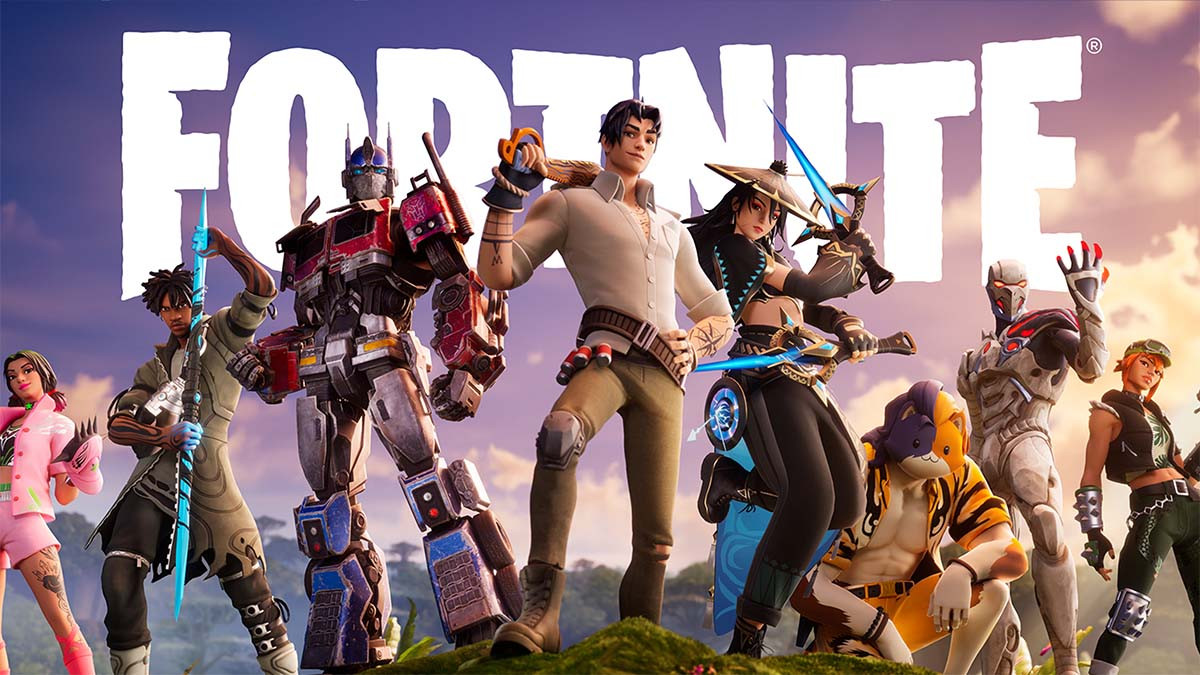🎉 Content Unlocked!
You now have full access to this feature or content.
You now have full access to this feature or content.

Fortnite, launched by Epic Games, rapidly ascended to global phenomenon status on the back of its innovative Battle Royale mode. Yet, its enduring relevance and staggering growth can be attributed to Epic’s visionary strategy of transforming Fortnite from a single game into a vast, interconnected gaming ecosystem. This evolution, driven by consistent content updates, groundbreaking live events, unparalleled cultural collaborations, and the recent introduction of entirely new game genres within the Fortnite client, has solidified its position as more than just a battle royale – it’s a digital playground, a social hub, and a platform for boundless entertainment.

The initial catalyst for Fortnite’s meteoric rise was its Battle Royale mode, released in 2017. What distinguished it from competitors was the revolutionary building mechanic, allowing players to instantly construct defensive and offensive structures. This added a layer of strategic depth, rapid-fire creativity, and visual spectacle unmatched by any other shooter. The ability to build, edit, and destroy structures in real-time transformed firefights into dynamic “build battles,” captivating audiences and professional players alike. This core mechanic remains fundamental to the traditional Battle Royale experience.
However, Epic Games understood that even the most innovative core gameplay could eventually grow stale without constant reinvention. This led to a relentless schedule of seasonal updates, each introducing new themes, narrative arcs, significant map changes, and a fresh Battle Pass laden with exclusive cosmetic rewards. These seasons not only kept the game feeling fresh but also progressively built an intricate lore, enticing players to return to see how the island would evolve and what new secrets would be uncovered.
Perhaps the most groundbreaking aspect of Fortnite’s evolution has been its pioneering approach to live in-game events and cultural collaborations. Epic Games consistently pushes the boundaries of what a video game can be by orchestrating spectacular, one-time live events that drastically alter the game world or introduce new story elements. These events, ranging from world-ending black holes to massive monster battles and even virtual concerts featuring global music superstars like Travis Scott and Ariana Grande, drew tens of millions of concurrent viewers, blurring the lines between gaming, entertainment, and social media. These are not just game updates; they are global, shared cultural moments.
Simultaneously, Fortnite became the ultimate platform for pop culture crossovers. Its distinct art style and massive player base made it an ideal canvas for integrating iconic characters and franchises from virtually every corner of entertainment. Marvel superheroes, DC Comics legends, Star Wars characters, anime favorites like Naruto and Dragon Ball, sports stars, and even real-world musicians and content creators have all found a home as playable skins in Fortnite. These collaborations not only attract new players from diverse fanbases but also allow existing players to express their passions within the game, fostering a unique sense of community and personal connection.
The most recent and significant leap in Fortnite’s evolution is its transition into a broader gaming ecosystem through the introduction of entirely new, permanent game modes directly within the Fortnite client. Previously, “game modes” primarily referred to variations of Battle Royale or limited-time events. Now, Epic has launched experiences that are distinct genres in themselves:

These additions represent Epic’s ambitious vision for Fortnite as a “metaverse” platform – a single launcher that houses a diverse array of high-quality gaming experiences, connecting players within a unified social space. This strategy significantly broadens Fortnite’s appeal beyond battle royale enthusiasts, attracting players interested in crafting, racing, or music games, all while leveraging the existing social infrastructure and cosmetic economy.
Fortnite’s consistent accessibility across almost every major gaming platform (PC, consoles, mobile) further amplifies its reach. This universal availability, coupled with continuous performance optimizations, ensures that the game remains accessible to a massive and diverse global audience.
In conclusion, Fortnite’s journey from a popular battle royale to a sprawling gaming ecosystem is a testament to Epic Games’ relentless innovation and bold vision. By continuously pushing boundaries with its core mechanics, narrative evolution, live events, unparalleled collaborations, and now, the integration of entirely new genres, Fortnite has solidified its position not just as a game, but as a dynamic and ever-expanding cultural platform that continues to redefine the future of interactive entertainment.